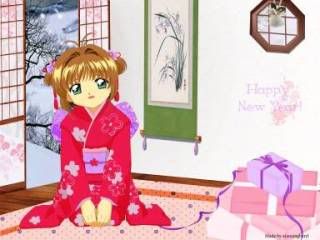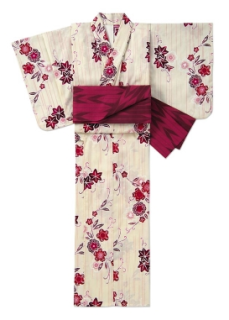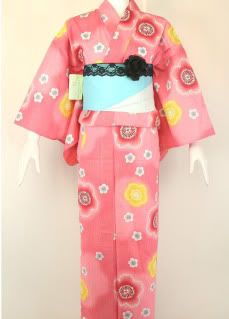
Aside from sakura trees that we normally see and hear about, yukatas are also one of the few things that we commonly see when we talk about Japan. One would always want to wear those beautiful and cute yukatas with their mesmerizing design patterns.
Yukata(浴衣) is a Japanese clothing worn by men and women every summer season because it is light and made of cotton. Yukatas are normally worn by people in summer festivals and fireworks display but in some traditional Japanese inns, yukatas are used as an after bath clothing.
The etymology of the work Yukata comes from yu meaning bath and katabira that means under clothing. As early as the Heinan period (794-1185) upto the Edo era (1600-1868), yukatas are being used by people and is still being used in the current Heisei era.
Yukatas are usually brightly colored and has designs that makes it look nice. As mentioned, yukatas are loved for its light weight and cotton material. Traditionally yukata were mostly made of indigo-dyed cotton.
As with kimono, the general rule with yukata is that younger people wear brighter colors and bolder patterns than older people. A child might wear a multicolored print and a young woman, a floral print, while an older woman would confine herself to a traditional dark blue with geometric patterns. Since the late 1990s, yukata have experienced a revival.
In wearing yukatas, the left side of the yukata is wrapped over the right side, and secured with an obi sash. In private, such as after a bath, the yukata may be simply belted. Yukata are often worn with wooden sandals called geta, but tabi are not usually worn.
Source:
http://en.wikipedia.org/wiki/Yukata
http://www.japaneselifestyle.com.au/fashion/yukata_kimono.html





No comments:
Post a Comment